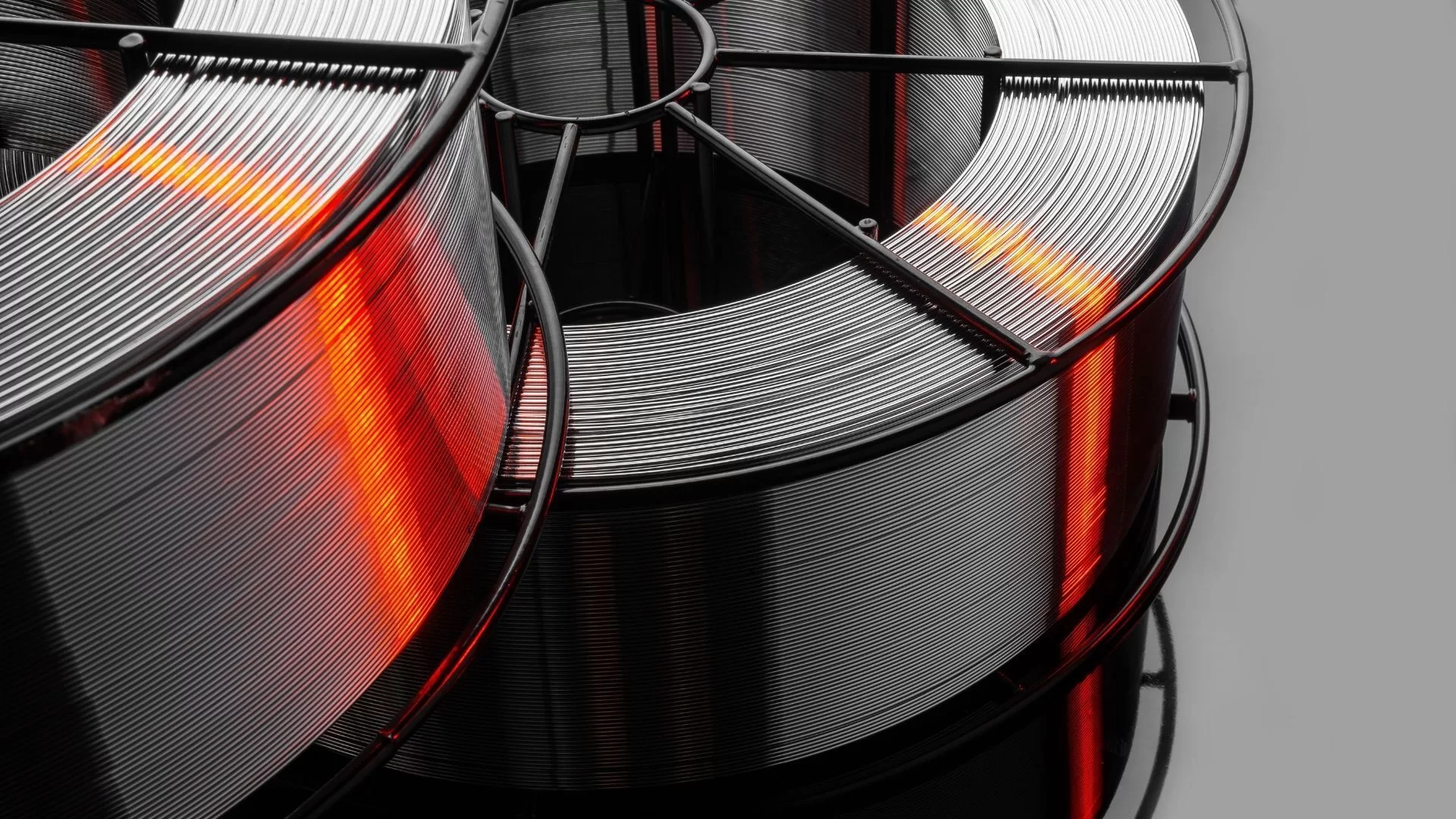Moderne lasmaterialen hebben een revolutie teweeggebracht in verschillende industrieën door hun verbeterde eigenschappen, duurzaamheid en veelzijdigheid. Dit artikel geeft een overzicht van moderne lasmaterialen en belicht hun toepassingen in verschillende sectoren en de voordelen die ze bieden voor lasprocessen.
Geavanceerde staallegeringen
Geavanceerde staallegeringen, zoals laaggelegeerde hogesterktestalen (HSLA) en ultrahogesterktestalen (UHSS), worden veel gebruikt in de auto-industrie, lucht- en ruimtevaart en structurele engineeringtoepassingen. Deze materialen bieden superieure mechanische eigenschappen, waaronder een hoge treksterkte en taaiheid, waardoor ze geschikt zijn voor het lassen van componenten die sterkte vereisen terwijl het gewicht geminimaliseerd moet worden. Lasbaarheid is een belangrijke overweging bij het ontwerp, waarbij fabrikanten specifieke lasprocedures ontwikkelen om de integriteit van het materiaal en de prestaties te behouden.
Aluminium en aluminiumlegeringen
Aluminium en aluminiumlegeringen zijn geliefd om hun lichte gewicht, corrosiebestendigheid en thermische geleidbaarheid. Aluminiumlegeringen worden vaak gebruikt in carrosserieën van auto's, lucht- en ruimtevaartconstructies en scheepstoepassingen en vereisen gespecialiseerde lastechnieken, zoals TIG-lassen met de juiste beschermgassen, om poreusheid te voorkomen en sterke lasverbindingen te garanderen. Vooruitgang in toevoegmaterialen en lasapparatuur heeft het gebruik van aluminiumlegeringen in veeleisende omgevingen waar prestaties en een lange levensduur van cruciaal belang zijn, vergemakkelijkt.
Titanium en titaniumlegeringen
Titanium en zijn legeringen staan bekend om hun uitzonderlijke sterkte-gewichtsverhouding, corrosiebestendigheid en biocompatibiliteit, waardoor ze onmisbaar zijn in de ruimtevaart, medische implantaten en de chemische verwerkingsindustrie. Het lassen van titanium vormt een uitdaging vanwege de reactieve aard en de gevoeligheid voor verontreiniging. Geavanceerde afschermingstechnieken met inert gas en nauwkeurige controle van de lasparameters zijn essentieel om lassen van hoge kwaliteit te maken zonder de materiaaleigenschappen aan te tasten. De mogelijkheid om titanium effectief te lassen vergroot de ontwerpflexibiliteit en vergemakkelijkt de productie van complexe componenten met strenge prestatie-eisen.
Superlegeringen op basis van nikkel
Superlegeringen op basis van nikkel hebben een uitstekende mechanische sterkte, oxidatieweerstand en thermische stabiliteit bij hoge temperaturen, waardoor ze ideaal zijn voor gasturbines, energieopwekking en aandrijfsystemen voor de ruimtevaart. Deze legeringen zijn moeilijk te lassen vanwege hun hoge legeringsgehalte en gevoeligheid voor scheuren tijdens het stollen. Geavanceerde lasprocessen, zoals elektronenbundellassen en laserlassen, samen met voorverwarmen en warmtebehandeling na het lassen, worden gebruikt om deze uitdagingen te verminderen en de integriteit van lasverbindingen te garanderen. De mogelijkheid om superlegeringen op basis van nikkel te lassen maakt het mogelijk om componenten te maken die bestand zijn tegen extreme bedrijfsomstandigheden en een langere levensduur hebben.
Composietmaterialen
Composietmaterialen, zoals koolstofvezelversterkte polymeren (CFRP's) en keramische matrixcomposieten (CMC's), combineren de eigenschappen van verschillende materialen om superieure prestatiekenmerken te bereiken, waaronder hoge sterkte, stijfheid en thermische weerstand. Bij het lassen van composieten worden vaak gespecialiseerde technieken gebruikt, zoals ultrasoon lassen of lijmen, om beschadiging van de versterkingsvezels of het matrixmateriaal te voorkomen. Toepassingen van composietlassen variëren van lichtgewicht auto's en luchtvaartconstructies tot sportartikelen en duurzame energiesystemen, waar lichtgewicht en duurzame componenten essentieel zijn voor efficiëntie en prestaties.
Conclusie
Kortom, moderne lasmaterialen spelen een cruciale rol bij het bevorderen van technologische innovatie en het voldoen aan de veranderende eisen van verschillende industrieën. Van geavanceerde staallegeringen en aluminium tot titanium, op nikkel gebaseerde superlegeringen en composietmaterialen, elk materiaal biedt unieke eigenschappen die bijdragen aan het ontwerp, de prestaties en de levensduur van gelaste componenten. De ontwikkeling van gespecialiseerde lastechnieken en processen zorgt voor een succesvolle integratie van deze materialen in productieprocessen, waardoor industrieën een hogere efficiëntie, betrouwbaarheid en duurzaamheid van hun producten kunnen bereiken.
Door gebruik te maken van de voordelen van moderne lasmaterialen kunnen fabrikanten voldoen aan strenge prestatie-eisen, materiaalkosten verlagen en de algehele concurrentiepositie van hun producten verbeteren in een wereldmarkt die wordt gedreven door innovatie en technologische vooruitgang.

